Get ready to dive into the thrilling world of volcanic islands and archipelagos! These awe-inspiring wonders are like nature’s masterpieces, forged by fiery eruptions deep within the Earth. Each island has its own enchanting tale, boasting a rich tapestry of ecosystems, from emerald-green jungles to desolate lava landscapes. They’re also home to resilient communities that have found a way to thrive amidst these volcanic wonders. So, fasten your seatbelts and let’s embark on an unforgettable journey into the enigmatic realm of volcanic islands and archipelagos!
Volcanic Islands and Archipelagos: Unearth the Secrets of Nature’s Wonderlands
Imagine a place where towering mountains rise from the depths of the ocean, their volcanic peaks piercing the clouds like ancient beacons. This is the realm of volcanic islands, and when they cluster together, they create enchanting archipelagos that inspire awe and wonder.
Birth of a Volcanic Marvel
Volcanic islands are born when molten rock (magma) erupts from beneath the sea, slowly building up layers of lava and ash that eventually form land. Archipelagos, on the other hand, are like families of these islands, grouped together because of underwater volcanic activity.
Nature’s Haven and Unique Eden
Volcanic islands and archipelagos are not just breathtaking landscapes; they are also havens for diverse life. The isolated nature of these islands allows unique species to evolve, creating a tapestry of life found nowhere else on Earth.
Where Culture Meets Nature
Humans have called these volcanic realms home for centuries, forging a deep connection with the land. Indigenous communities have thrived in these environments, adapting their lifestyles to the ever-changing volcanic landscapes.
Balancing Beauty and Danger
Volcanic islands and archipelagos are not without their challenges. Volcanic eruptions, earthquakes, and tsunamis can bring both destruction and opportunity. However, these islands also offer a chance for sustainable development through renewable energy, ecotourism, and innovative agriculture.
Exploring the Enchanting Realms
Venturing into the realm of volcanic islands and archipelagos is a journey that will forever etch itself in your memory. Here, you can witness the raw power of nature, marvel at the diversity of life, and immerse yourself in the cultural tapestry woven by human communities.
Earth’s Volcanic Jewels:
| Island or Archipelago | Location | Formation |
|---|---|---|
| Hawaiian Islands | Pacific Ocean | Hotspot |
| Galapagos Islands | Pacific Ocean | Oceanic plate |
| Azores | Atlantic Ocean | Continental margin |
| Canary Islands | Atlantic Ocean | Volcanic hotspot |
| Kamchatka | Russia | Subduction zone |
Embracing the Enigmatic Forces
Volcanic islands and archipelagos are a testament to the dynamic forces that shape our planet. They are places where nature’s power and resilience inspire us to embrace the enigmatic forces that govern our existence. So, let us venture into these wondrous realms and discover the secrets they hold, knowing that we are but stewards of this shared heritage.
Uncover the incredible power and mystery of famous volcanoes, from towering Mount Everest to the explosive Mount Pinatubo. Explore the captivating world of volcanoes through our comprehensive guide.
Discover the Types of volcanoes and their unique characteristics. From stratovolcanoes to shield volcanoes, learn about the fascinating diversity of these geological wonders.
Understand the potential Volcanic hazards and risks and how to mitigate them. Prepare yourself with knowledge on volcanic eruptions, lahars, and other hazards, ensuring your safety near these awe-inspiring forces of nature.
Delve into the destructive power of Famous volcanic eruptions in history, from Pompeii’s tragic demise to the catastrophic eruption of Krakatoa. Witness the devastating impact of these events and the lessons they have taught humanity.
Explore the complex relationship between Volcanoes and climate change. Learn about the role of volcanoes in shaping Earth’s atmosphere and the potential implications of their activity on our future climate.
Get ready for an unforgettable adventure with our guide to Volcano tourism and safety. Discover the thrill of visiting active volcanoes, safety precautions to take, and tips for maximizing your experience.
Uncover the secrets of Volcanic rocks and minerals. Learn about the unique composition and properties of volcanic rocks, and the valuable minerals they often contain.
Harness the power of Geothermal energy from volcanoes. Explore the innovative technologies and sustainable practices used to convert volcanic heat into renewable energy.
Venture beyond Earth with our guide to Volcanoes on other planets. Discover the fascinating volcanic activity on Mars, Venus, and beyond, revealing the widespread presence of these geological phenomena throughout our solar system.
Stay informed with the latest Volcano monitoring and prediction techniques. Learn about the sophisticated methods used to track volcanic activity and anticipate potential eruptions, ensuring the safety of nearby communities.
How Do Volcanic Islands and Archipelagos Form?
Picture this: you’re cruising along the ocean when suddenly, you stumble upon an awe-inspiring sight – a volcanic island emerging from the depths like a mythical beast. How did this wonder of nature come to be? Let’s dive right in and uncover the secrets of volcanic island and archipelago formation!
The Birth of Volcanic Islands
Volcanic islands are like phoenixes rising from the ashes, only they rise from the depths of the ocean. It all starts when molten rock (aka magma) decides it wants to take a peek outside the Earth’s crust. When it bursts out into the ocean, it creates a fiery show of lava and ash. These materials pile up, layer by layer, forming the foundation of our beloved volcanic islands.
Archipelagos: Volcanic Islands’ Island Cousins
Archipelagos are like family gatherings for volcanic islands. They’re clusters of islands sharing a common volcanic ancestry. Each island represents the mighty peak of a submerged volcano. These volcanic chains can stretch far and wide, creating mesmerizing necklaces of islands across the ocean.
Key Points to Remember:
- Volcanic islands are built by lava and ash from underwater eruptions.
- Archipelagos are collections of volcanic islands that share a volcanic family tree.
- Volcanic activity is the master builder behind these stunning landforms.
So, there you have it, folks! Volcanic islands and archipelagos – two sides of the same volcanic coin, each one a testament to the Earth’s ever-changing nature. Next time you witness these geological marvels, remember the fiery journey that led to their creation!
What are the Unique Characteristics of Volcanic Islands and Archipelagos?
Volcanic islands and archipelagos are like hidden gems in our planet’s vast ocean. They’re full of surprises, from their fascinating origins to their incredible biodiversity and stunning landscapes. Let’s dive into their unique characteristics and discover what makes them so extraordinary.
Isolated Havens of Biodiversity
Volcanic islands are often like isolated fortresses in the sea. Cut off from the mainland, they’ve evolved into unique havens of biodiversity. Over time, the isolated species on these islands have adapted to their unique environments, leading to the development of endemic plants and animals found nowhere else on Earth. Take the Galapagos Islands, for example. They’re home to iconic species like the giant tortoises and blue-footed boobies, which have thrived in their isolated ecosystem for centuries.
Fertile Landscapes
Volcanic islands are also known for their fertile soils. When volcanoes erupt, they spew out ash and lava that contain essential minerals and nutrients. These volcanic deposits form a rich soil that’s perfect for growing crops. Farmers in volcanic regions often reap the benefits of this fertile land, cultivating everything from lush vineyards to vibrant fruit orchards.
Tourist Magnets
The dramatic landscapes of volcanic islands make them irresistible to travelers. From the towering peaks of active volcanoes to the eerie depths of lava tubes, these islands offer a unique blend of natural wonders. Tourists flock to these destinations to witness the power of nature up close, capturing stunning photos of molten lava flows or taking a refreshing dip in geothermal hot springs.
Archipelagic Formations
Archipelagos are clusters of islands that often share volcanic origins. These islands are formed when magma from underwater volcanoes rises to the surface and builds up landmasses. As the islands grow, they can form a chain of volcanic peaks, each with its distinct character. The Hawaiian Islands, for example, are an iconic example of an archipelago, with each island showcasing a different stage of volcanic activity.
Diverse Origins
Archipelagos can be categorized based on their geological origins:
- Continental Fragments: These islands were once part of a continent but became separated by tectonic forces.
- Continental Islands: These islands are located on the continental shelves and were formed by volcanic activity.
- Oceanic Islands: These islands are not directly connected to any continent and are typically formed by underwater volcanic eruptions.
Volcanic islands and archipelagos are fascinating geological wonders that offer a glimpse into the power of nature. From their isolated ecosystems to their fertile soils and breathtaking landscapes, these islands continue to captivate us with their unique charm and beauty.
What are the Challenges Faced by Volcanic Islands and Archipelagos?
Life on volcanic islands is a captivating blend of beauty and peril. These landscapes, sculpted by the fiery forces of nature, present unique challenges for their inhabitants and ecosystems. Let’s delve into the heart of these challenges, exploring the hurdles that volcanic locales must overcome:
1. Volcanic Mayhem: Eruptions and Hazards
Volcanic eruptions are a constant threat, like unruly giants awakening from slumber. Lava flows, ash clouds, and pyroclastic surges can unleash devastation, laying waste to homes, livelihoods, and lives. Volcanic ash, a choking cloud, can plague the air, causing respiratory woes and disrupting agriculture.
2. Scarce Resources and Inadequate Infrastructure
Volcanic islands are often resource-strapped and lack robust infrastructure. Small island states find themselves particularly vulnerable to volcanic crises. Evacuation plans, emergency shelters, and communication systems may be insufficient, hindering effective disaster response when the volcano roars.
3. Environmental Degradation: Nature’s Balancing Act
Volcanic activity can disrupt nature’s equilibrium, leading to environmental degradation. Soil erosion, deforestation, and biodiversity loss are common consequences, further weakening the resilience of these island communities to natural disasters.
4. Tourism and Infrastructure: A Delicate Balance
The allure of volcanic landscapes draws tourists, but uncontrolled development can be a double-edged sword. Infrastructure strain and environmental damage can mar the beauty that attracts visitors in the first place. Striking a harmony between tourism and environmental protection is crucial for the sustainability of these fragile ecosystems.
5. Energy Independence: Powering the Islands
Archipelagic nations often face an energy conundrum. They may rely on imported fossil fuels, a costly and environmentally unsustainable option. Harnessing sustainable energy sources, such as solar and geothermal, is essential for the resilience of these islands amidst the unpredictable nature of volcanic activity.
6. Adapting to Climate Change:
Climate change poses another layer of challenges for volcanic islands and archipelagos. Rising sea levels threaten coastal communities, while changes in weather patterns can exacerbate volcanic hazards. Adapting to these evolving threats requires proactive measures and international collaboration.
7. Sustainable Development: A Guiding Light
Balancing economic progress with environmental stewardship is a continuous challenge for volcanic islands and archipelagos. Sustainable development practices can help mitigate the negative impacts of volcanic activity while preserving the unique beauty and biodiversity of these landscapes.
FAQ
Q1: How are archipelagos formed?
A1: Archipelagos can be formed through various processes, including volcanic activity, erosion, deposition, or land elevation. Volcanic archipelagos are formed by the accumulation of volcanic eruptions from the ocean floor, while non-volcanic archipelagos can be formed by the erosion of landmasses or the deposition of sediments.
Q2: What unique characteristics do volcanic islands possess?
A2: Volcanic islands often exhibit unique ecosystems with high biodiversity, as their isolation and distinct environments have fostered the evolution of endemic species. Additionally, volcanic ash and lava deposits enrich the soil, making it fertile for agriculture. Volcanic islands also attract tourists due to their scenic landscapes and geological features, such as hot springs and lava flows.
Q3: What are the challenges faced by small island states with volcanic activity?
A3: Small island states with volcanic activity face unique challenges due to their exposure, vulnerability, and limited resources. Volcanic eruptions pose significant hazards, including lava flows, ash clouds, and pyroclastic surges, which can cause significant damage and loss of life. Additionally, small island states often have limited infrastructure and resources to mitigate volcanic risks and respond to volcanic crises.
Q4: What are the benefits of living on a volcanic island?
A4: Volcanic islands offer various benefits, including access to fertile soils for agriculture, unique ecosystems with diverse flora and fauna, and stunning landscapes that attract tourists. Additionally, geothermal energy sources associated with volcanic activity can provide renewable energy options for island communities.
Q5: How can sustainable development strategies be implemented on volcanic islands?
A5: Sustainable development strategies for volcanic islands focus on balancing economic development with environmental conservation and risk mitigation. This can include promoting sustainable agriculture practices, developing renewable energy sources, implementing disaster risk reduction measures, and protecting biodiversity. By adopting sustainable practices, volcanic islands can ensure their long-term resilience and preserve their unique geological and ecological features for future generations.
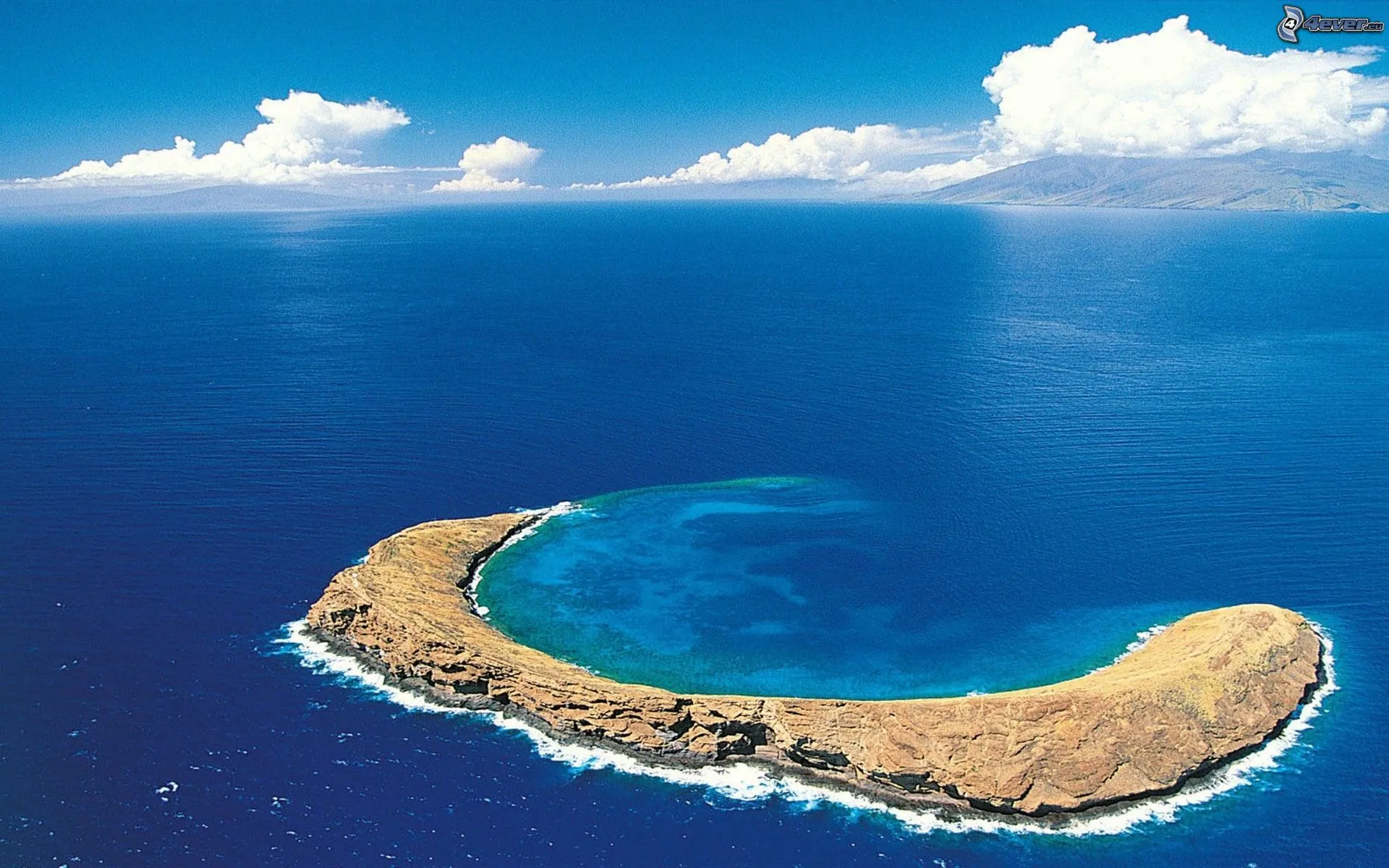
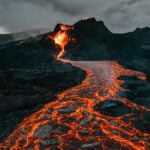
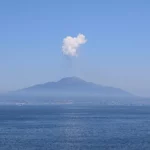
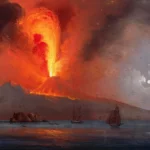
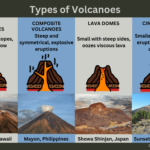
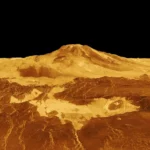
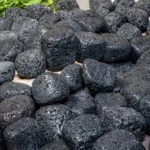










Comments are closed.